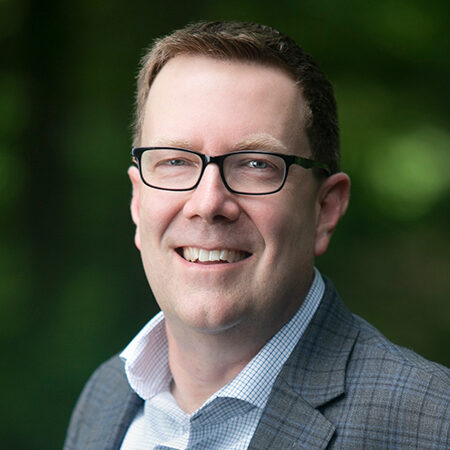When facilities that closed their doors at the start of the coronavirus pandemic reopened this spring and building service contractors (BSCs) began calling back their workers to clean, an unexpected thing happened—many of these workers did not return.
Making matters worse, contractors throughout the U.S., many who are now reporting their businesses are booming, are finding it hard to secure replacements. There simply are not enough people applying for cleaning positions to replace the former staff.
Initially, some politicians and political observers blamed this worker shortage on the unemployment benefits extended to all workers, including service workers. Many states paid an additional $300 per week to these workers as part of a federal unemployment supplement program. Some believe that these payments have discouraged people from returning to work. As of July 2021, 26 states had opted out of paying the extra $300 unemployment benefits.
“On the surface, this assessment seems valid,” writes Sophia Meador in The Daily Iowan, a University of Iowa newspaper. “After all, if COVID is now less a risk, things should return to normal, which means service workers should go back to work.”
However, a closer look shows something more revealing: many of these workers do not want to return to industries that they believe have not shown enough respect for them, the vital work they perform, and their health.
These workers must risk their own health to clean potentially contaminated surfaces every day, often while building occupants do not comply with common-area mask mandates. Mask mandates are all too often viewed as optional instead of an obligation to prevent the spread of COVID-19. The same is true of social-distancing guidelines.
“The pandemic demonstrated the lack of decency and respect the service industry has [shown] workers,” concludes Meador. “From this perspective, how could anyone blame previous service workers for not reentering an industry with [so little] regard for their health and safety?”
Going green for worker safety
This is where green cleaning and the use of green-certified cleaning products come into the picture. We know that many building owners and managers have adopted green-certified cleaning products and more environmentally responsible cleaning procedures over the past three decades.
However, while most believe it is the right thing to do, we cannot ignore the fact that many have taken these steps because they know it is also good for business. The ability of green facilities to attract and retain tenants has enhanced the buildings’ value. Often building owners and managers can demand higher rents to boot.
Along with environmental concerns, the COVID-19 pandemic has led to increased calls for organizations to address social equity issues. Over the past year, it has become clear that the pandemic has disproportionately harmed more vulnerable populations in the country—women and minorities who often work service industry jobs.
The pandemic offers building owners and managers an opportunity to promote social equity for the often-invisible frontline cleaning and building service workers. These workers not only face a higher risk of contracting COVID-19, but often endure excessive exposure to potentially hazardous chemicals. Further, they may lack the protection, training, and support they need to safeguard their own health, while working to protect the health of building occupants.
One way to address this situation is by using green-certified cleaning products. These products have been independently tested and verified to meet specific health and safety guidelines and standards. This helps ensure the products better protect the health of cleaning workers, and at the same time, reduce cleaning’s impact on the environment.
Using services certified for green cleaning assures the strongest level of protection for cleaning employees by verifying the BSC is following best practices for proper training, avoiding hazardous chemicals exposure, and providing environmentally preferable products and equipment.
Taking these steps is not only the right thing to do and is good for business, it also offers cleaning professionals the respect and protection they deserve. This is long overdue. As trying as the pandemic has been, this may be one of the few benefits derived from this difficult period.




